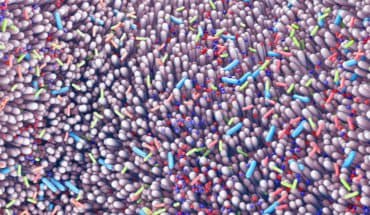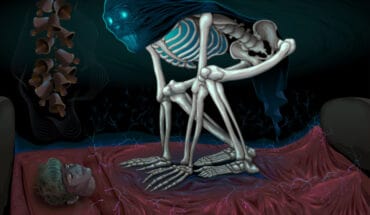Shifts in the clinical landscape of autism: The therapeutic setting has changed for autism. Where once we would treat and instruct autistics on the basis that we knew best, that we were the ‘expert’, that ‘evidence-based behavioral practice’ was king, now we have to rethink who we are and what we do in a clinical setting.
Advances in autistic representation has meant that the autistic voice and the strengths and advantages of autism must be taken into account. Now, we have to listen to the autistic voice for reference. We have to be mindful of a maze of nuance and alternate critical thinking that asks for a whole new approach. It can feel like a minefield. A lot of it goes against what we have been taught and how we know, how to effect change. The old rules don’t apply.
Learning to work from a neurodivergent space is an art form. It requires new vision and an ability to work from an authentic, creative space. Often when we do this, the whole orientation of our therapeutic practice gets an overhaul. We learn to see with new eyes, to be more present in our approach rather than leaning on old models. We shift the therapeutic relationship so that it is more about equals finding a pathway through together and we can be personally transformed by a wider and more expansive world-view. There’s a lot to gain.
When we work from a neurodivergent framework that also works with the body, we can make huge inroads into positive change for our clients. More and more research is showing that physical inertia is the cause of so many autistic symptoms and that the typical cognitive- based approach only works so well. Symptoms of executive dysfunction, poor working memory, issues of poor coordination, anxiety are all affected by the state of the nervous system. It stands to reason that working to improve the state of the nervous system, can positively influence these states.
Teaching people on the spectrum how to find points of ease and grace in their physical system can help to alleviate feelings of anxiety and promote executive function. It can bring a sense of peace, strength and vitality that can influence all aspects of life. If we can teach people simple, practical skills that allow them to down-regulate their autonomic state, we can potentially afford them a greater level of self-reliance and resilience. As therapists, these kinds of tools can be beneficial at a personal and professional level.
Holly Bridges is a neurodivergent therapist and author of ‘Reframe Your Thinking Around Autism – How The Polyvagal Theory and Brain Plasticity Help Us Make Sense of Autism’. Holly has created an award-winning, body-based therapy program – A.R.T. (Anxiety Reframe Technique). Holly developed her program both in response to the dearth of neurodivergent therapeutic practices and because of the resonance she found in the work of Dr. Stephen Porges. Her A.R.T. Express Autism / ADHD / ID Practical Applications of The Polyvagal Theory is an online, self-paced course that teaches therapists, educators, families and adults on the spectrum how to work from a body-oriented, neurodivergent approach.
- Dissecting Autism terminology - 15th July 2023
- Promoting sleep and enhancing mood without drugs - 31st January 2023
- In Ocean – an autistic perspective - 5th January 2023






